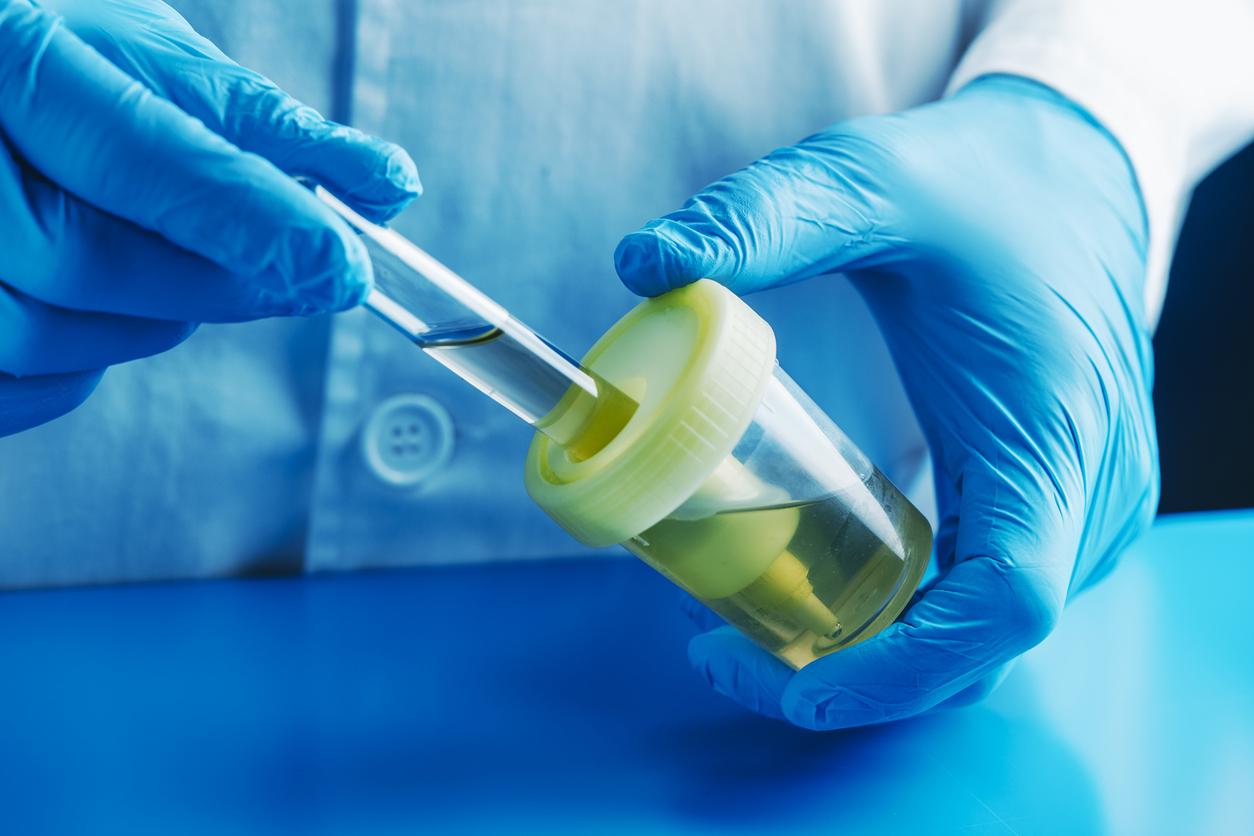An artificial nose in the way of our body odors can tell a lot about our state of health. A revolution in progress…

An artificial nose would make it possible to diagnose an infection, to identify the bacteria responsible for an infection. Its great interest is to do it much more quickly than traditional biological examinations do: when it takes 48 hours in the laboratory, it takes 24 hours for our artificial nose to put a name on a bacterium and therefore give the appropriate antibiotic.
In fact, this nose is made up of different sensors, which take on color when they come into contact with odorous molecules. The experiment was carried out with blood from patients infected with bacteria. Each type of bacteria, by giving off its own odor, colors the sensors, and the color identifies the bacteria. It’s still being tested, but the track is interesting!
Bacteria give off odors, like all living beings. It is moreover, in mammals, a means of identification. The dog recognizes the female dog certainly with his eyes, but also his nose… For humans, body odors would be a legacy of our distant ancestors, to whom they served as signals of recognition… or seduction.
Our odors come in small part from the sweat glands that we have everywhere on the body, those of perspiration that allow us to regulate body temperature. You run, the machine heats up, so perspiration starts and you cool your body. Perspiration, like silver, has little or no odor. Unless you do several jogs without ever going through the shower box.
Everything happens under our armpits
It’s colorless, but not odorless, because they’re not the same sweat glands as the rest of the body! The glands that we have in the armpits, groin, near the nipples (women only) and/or the genitals in both sexes, have an annoying odor when they begin to secrete. Because these glands produce a different type of sweat which contains, among other things, protein. It is the ideal food for bacteria which are – and there are many of them – under our arms and around our sex. When they feast on our sweat, these bacteria produce odorous compounds that are responsible for our body odor. And the longer we let these bacteria feast, the stronger the smell becomes.
Some diseases are accompanied by a particular smell
Sore throat, flu, is accompanied by particular rather unpleasant odors linked, certainly to sweat, but also to bacteria lodged in the throat, nose, lungs, etc.
Making diagnoses just on the smell is a bit of folklore! But there would be scents of ammonia with kidney disease, or horseradish in case of liver damage. Mycoses of the skin smell musty, and in front of a diabetic coma, the breath smells of acetone.
Some malignant tumors are also said to give off special smells that dogs can spot! It is very surprising and disturbing at the same time! Researchers have shown that dogs, by smelling the urine of patients, could identify those of carriers of prostate cancer, or by sniffing their breath, they differentiated patients with lung cancer and healthy people.
Ditto for breast cancer cells and healthy cells: the dogs felt the difference!
So, with the artificial nose or the sniffer dogs, you can feel that the range of diagnostic tests is expanding considerably!
















